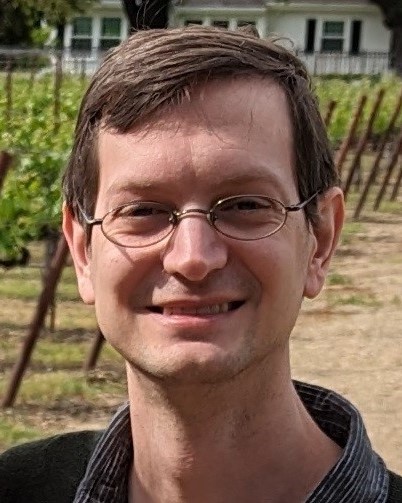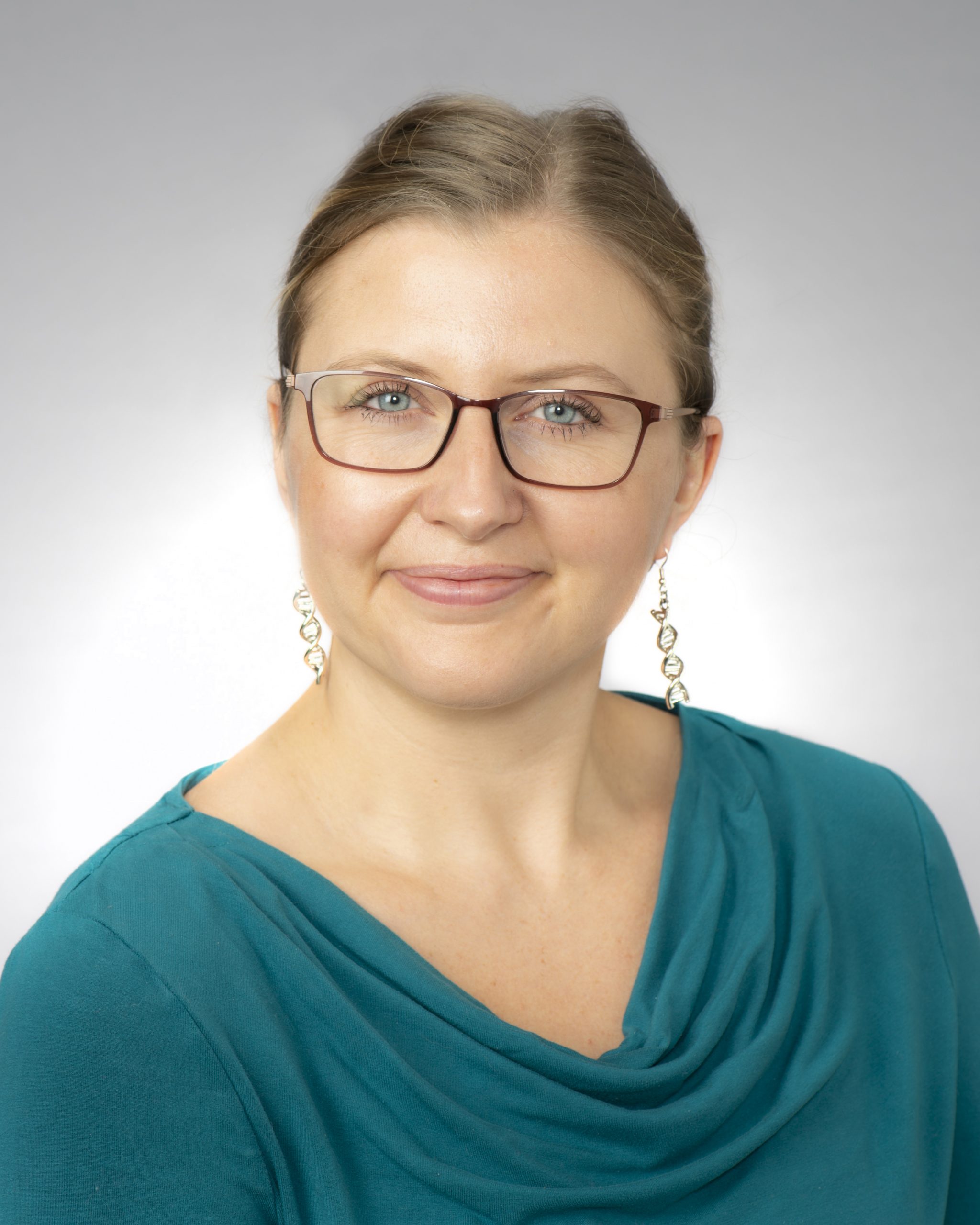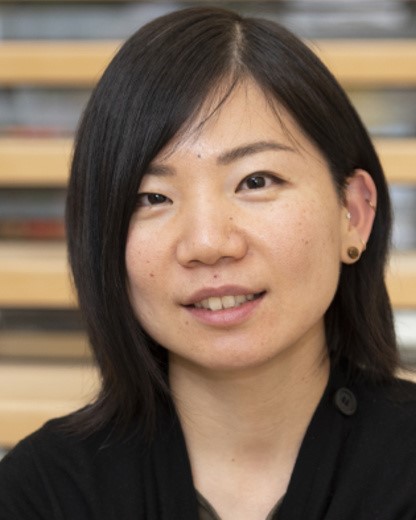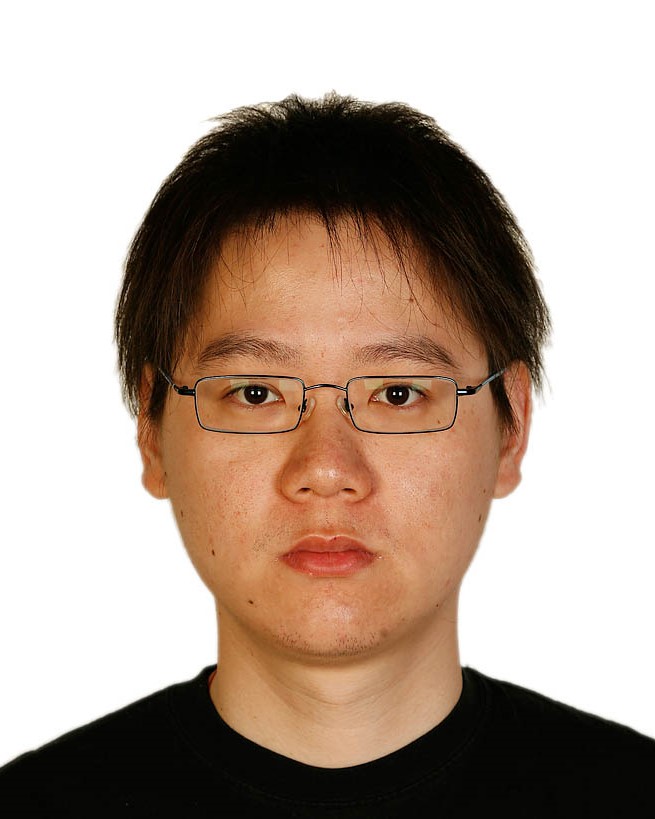JumpStart Fellowship
The HuBMAP JumpStart fellowship offers junior investigators working on human atlasing projects the opportunity to take a leadership role in conducting synergistic, collaborative research projects within the HuBMAP consortium. These projects will build on work that already exists in HuBMAP by either extending aims of current awards or as a new but related research project. The goal of this program is two-fold: 1) create a mentored, career development opportunity for promising junior researchers, and 2) promote collaboration among HuBMAP and the atlas-building community.
2025 JumpStart Fellowship Applications
Application process
Project Scope
Project must be related to the NIH Common Fund HuBMAP Program and not overlap with work currently being supported by funded awards. The proposed projects should directly enhance our understanding of organs/systems of interest to the HuBMAP program, namely, bone marrow, skin, kidney, female reproductive organs, lung, lymphatic vessels, small and large intestine, eye, heart, and thymus.
Duration
Project length can be up to 12 months. Project start date should be in early summer 2025. Earliest possible start date is June 2025.
Budget
Projects may request up to $50,000 total costs. Funds can be used for travel, supplies, reagents, core resources, or personnel costs.
Eligibility
Open to students, fellows, staff scientists and researchers within or outside of the HuBMAP consortium who have not previously received an independent NIH research grant over $100,000 direct costs. Must be at a U.S. institution that is able to receive a subaward from Carnegie Mellon University.
Application
Application Format: Please refer to the following page for font and formatting guidelines: https://grants.nih.gov/grants/how-to-apply-application-guide/format-and-write/format-attachments.htm#font
Applications should be submitted as a single PDF document and contain:
- Proposed Aim(s), Significance, Innovation, Anticipated Results (2 pages)
- Personal Statement (1 page)
- A short, compelling statement why you are well-suited for carrying out this project, how it relates to your future career plans and details of mentoring and equipment that will support your work.
- Detailed Budget, Budget Justification (1 page) [contact your Institutional AOR (Authorized Organization Representative also known as the Signing Official) for how to make an NIH budget]
- Letter of support for applicant and proposed project from a mentor (1 page)
Application should be submitted as a PDF via email to JumpStart@hubmapconsortium.org
Important dates
Technical assistance webinar: September 13, 2024 on Zoom
Application period: October 14 - November 14, 2024
Application review period: November - December 2024
Notification of awards: February 2025
Awardees announced: May 6 - 8, 2025 at the HuBMAP Annual Meeting
Questions? Email us at: JumpStart@hubmapconsortium.org
More Information
What To Include in a Letter of Intent
Letters of intent typically include the following information:
- Descriptive title of proposed research
- Name, address, and email address (?) of the principal investigator(s)
- Names of other key personnel
- Participating institutions
Additional details in your letter of intent may include:
- A concise description of your proposed project.
- Describe how your plans relate to areas of Research With Special Considerations such as human subjects, clinical, or animal research.
2024 - 2025 JumpStart Fellowship Award Winners
Andreas Bueckle, Indiana University Bloomington
The Multiscale Human: Exploring the Human Body in 3D Across Scales in Virtual Reality
Abstract: This project will introduce the Human Reference Atlas (HRA) to junior investigators (JIs) across consortia and empower many to contribute to 3D atlas construction. Specifically, we will catalog existing and prototype novel spatial, immersive interaction techniques for 3D
navigation (Aim 1) and facilitate HRA-based data harmonization and visualization (Aim 2), both across scales and in virtual reality (VR). Aim 1 includes a VR applications review as well as prototyping novel 3D multiscale HRA interaction; for Aim 2, we will establish an HRA VR Working Group with fellow JIs, identify three pilot projects for cellular data visualization, and host a 2-day workshop at the Bioinformatics and Computational Biosciences Branch (BCBB) at NIAID in Rockville, MD. The pilot projects will be developed over the subsequent 9 months, then deployed to the HRA Organ Gallery in VR as the new “HRA: Powers of Ten” module. This project builds on existing relationships with the BCBB, HuBMAP, KPMP, GUDMAP, SenNet, and the CFDE teams while fully engaging the NIH JI community, whose event in March 2024 JI Bueckle is co-chairing. The proposed work expands the completed JumpStart Award (2022-2023), see results of the 2-day hackathon with the BCBB at https://cns-iu.github.io/workshops/2023-10-18-nih-3d-hackathon.
About the researcher
Andreas Bueckle is the Research Lead in the Cyberinfrastructure for Network Science Center at the Luddy School of Informatics, Computing, and Engineering at Indiana University Bloomington. His research interest is interactive information visualization in virtual reality (VR), augmented reality (AR), and other immersive techniques. Born and raised in Germany, Andreas holds a B.A. in Media Studies from Eberhard Karls University in Tuebingen, an M.A. in Communications from Berlin University of the Arts, and a Ph.D. in Information Science from Indiana University. From early on, he developed a deep interest in digital artifacts, most notably videography and photography. After working as a video journalist and cameraman on projects in Germany, France, India, and the US, Andreas decided to switch to a more technical education and started to pursue and finish his Ph.D. in Information Science, working with Dr. Katy Börner at Indiana University Bloomington. He has a TEDx talk titled “Living and Learning in the Metaverse,” which you can view on YouTube and on the TED website.
Andreas is also serving as co-chair of the planning committee and as lead of the Workshop Working Group for the NIH Junior Investigators Meeting in Bethesda, MD, March 17-19, 2024 . Previously, he served on the organizing committee for the NIH Junior Investigators Meeting in NYC, March 1-3, 2023.
Colin Kern, University of California, San Diego
Developing a Spatial Transcriptomic Analysis Pipeline for High-Fidelity Cell Type Identification through Optimized Sequencing-to-Spatial Label Transfer
Abstract: This project will develop a robust and flexible cell type identification pipeline designed specifically for spatial transcriptomics data. In the first milestone of the project, the existing cell type identification methods will be benchmarked in human lung, using MERFISH data generated as part of HuBMAP and CellRef scRNA-seq data, and human heart, using published MERFISH and scRNA-seq data7. Next, the results of the benchmarking analysis will be used to inform the development of a cell type identification pipeline. Finally, the pipeline will be extended to incorporate the unique spatial information provided by these technologies into the annotation of cells.
About the researcher
Colin Kern is a bioinformatics scientist at the UC San Diego Center for Epigenomics. He received his B.A. in Computer Science from Earlham College and his Masters and Ph.D. in Computer Science from the University of Delaware with a focus on machine learning algorithms for protein structure prediction. He was a postdoctoral scholar in Huaijun Zhou's lab at the University of California, Davis, where he developed and utilized a pipeline for the FAANG (Functional Annotation of ANimal Genomes) consortium to functionally annotate tissue-specific chromatin states in the chicken, cattle, and pig genomes and investigated the evolutionary conservation of cis-regulatory elements. His current research involves using imaging-based spatial genomics to measure gene expression and chromatin structure at the single-cell level to understand tissue organization and gene regulation within the spatial context.
Christina Megli, University of Pittsburgh
Immunophenotyping the Maternal Fetal Interface using Multiomics and Spatial Transcriptomics Data
Abstract: Pregnancy requires tight immune regulation. To maintain reproduction, the pregnant immune system coordinates pro-inflammatory implantation and parturition signals with immunoinhibition to reduce inflammation directed towards fetal antigens. The placenta, as the primary organ of pregnancy, is required to coordinate these immune regulatory signals restricting excess inflammation that disrupts reproduction and threatens maternal-child health. The structural and cellular complexity along with unique structural features of the
human placenta has led to a knowledge gap defining maternal and fetal immune cell populations of the placenta and their functional role in maintaining the maternal-fetal interface. The specimens and analysis as part of the Pregnant Female Reproductive (PFR)
TMC of the HuBMAP consortium project allows us the unique opportunity to query maternal and fetal immune cell populations and transcriptional activation. Here we propose to apply existing pipelines with an immunology focused approach to enhance immune cell detection, transcriptional activation and phenotypic characterization across the 3rd trimester when placental immune signaling is primarily immunosuppressive. Data from this application will allow us to map immune cell subsets across gestation and understand their functional programming that restricts inflammation and promotes healthy reproduction.
About the researcher
Christina Megli is an assistant professor in the Department of OB-GYN and Reproductive Sciences at the University of Pittsburgh School of Medicine and is a primary member of Magee-Womens Research Institute. She graduated from the University of Arizona with a degree in Physiology and then completed an MD/PhD at the Geisel School of Medicine at Dartmouth. Her PhD was awarded in microbiology and immunology. She completed an OB-GYN residency at Oregon Health and Science University and came to Magee-Womens Hospital of UPMC for a combined Maternal-Fetal Medicine and Reproductive Infectious Diseases fellowship. She was awarded that Reproductive Scientist Development Program K12 and has spent the last 4 years transitioning to an independent lab and working on macrophage regulation at the maternal fetal interface.
Presha Rajbhandari, Columbia University
Multimodal spatial analyses of human liver to elucidate sex-specific differences
Abstract: The human liver is a metabolic hub with compartmentalization of function between diverse cell types and metabolic zones. To study this, desorption electrospray ionization mass spectrometry imaging (DESI-MSI) technology enables label-free spatial mapping of lipid and metabolite biomarkers of pericentral and periportal zones within the liver. When complemented with single cell spatial technologies such as highly multiplexed antibody based imaging and spatial transcriptomics, it allows us not only to derive integrative map of cellular, transcriptomic and metabolic network within distinct metabolic zones, but also to integrate these molecular layers to gain mechanistic insights. Here, we aim to perform multimodal imaging of human liver to map cell types, cell states and their neighborhoods, in addition to their metabolic niches. We expect differential cellular neighborhoods as well as regulatory genes, lipids and metabolites localized within different metabolic zones within the liver. The integrative analysis will be used to gain sex-specific mechanistic and functional insights, and 3D map will allow us to define how well 2D maps predict 3D maps.
About the researcher
Presha Rajbhandari is an Associate Research Scientist in Brent Stockwell’s lab at Columbia University. She earned her Ph.D. in Systems Biology, where she elucidated transcriptional networks driving cancers. Currently, her research focuses on utilizing high-dimensional spatial technologies, including imaging mass spectrometry, spatial proteomics and transcriptomics. Her goals are to uncover mechanisms underlying
normal and diseased phenotypes, with a particular emphasis on liver. Her research interests lie in integrating data from advanced multimodal technologies to inform disease prevention and treatment strategies.
Junko Tsuiji, Broad Institute
Sensitive Detection of Mutations and Allele-Specific Expression on HiFi-Slides and Sequence-Based Spatial Transcriptomic Data
Abstract: Spatial transcriptome technologies have rapidly improved in recent years and have enabled us to sensitively map cell-type architectures and cell-cell interactions with the gene activities on a tissue slide. However, how the observed transcriptional profile, including allele-specific expression among spatial components, depends on genetic alterations in the constituting cells remains understudied. To answer this question, two components are necessary; (1) a spatial barcoding transcriptome method with high spatial fidelity and resolution specifications, and (2) a computational tool that identifies mutations at a single-cell level and maps mutational and transcriptional landscape on tissues in a spatially resolved manner. Fortunately, the first component has been addressed, as the development of the High-Fidelity Spatial Transcriptomic Slides (HiFi-Slides), an ultra high-resolution spatial barcoding method that can capture whole transcriptome in ~0.4-0.8μm resolution as a part of ongoing efforts in Human BioMolecular Atlas Program. In this proposal, we plan to implement the second component, a spatial mutation calling method with HiFi-Slides data to close the gap. To demonstrate the utility of detected mutations with the proposed tool, we are going to investigate allele-specific gene expression across multiple genetically distinct areas in placenta samples, which is an ideal model due to somatic mosaicism.
About the researcher
Junko Tsuji is a computational biologist in Gad Getz's lab at the Cancer Program, the Broad Institute of MIT and Harvard. Her long-term research goal is to uncover tumor-intrinsic and -extrinsic signatures including genetic alteration, gene expression, and cell composition that cause cancer progression and promote drug resistance. Ultimately, she hopes to contribute to potential therapies from academic institutes by applying computational technologies. Prior to joining the lab, She completed her postdoctoral training at the University of Massachusetts Medical School after receiving her Ph.D. and M.S. in computational biology from the University of Tokyo, Japan and her B.S. in engineering from Soka University, Japan.
Alex Wong, Harvard Medical School
3D analysis of tissue architecture and cell morphology in intact epithelial tissues using high - plex light sheet imaging
Abstract: Abstract: Human tissues are mostly stored as Formalin-Fixed Paraffin-Embedded (FFPE) blocks. New three-dimensional (3D) data collection and computational methods are necessary to fully describe and quantify the intricate organization and biology of healthy and diseased tissues; key features include immune-cell interactions, epithelial cell shape and state, and the organization of supporting vessels and
nerves. I will collect and analyze highly multiplexed 3D data from normal and diseased colon and reference this to both HuBMAP and Human Tumor Atlas Network (HTAN) ontologies with common data reference frameworks. More specifically, I have developed a method for 3D cyclic immunofluorescence (CyCIF) imaging in millimeter thick cleared FFPE tissue using Light Sheet Fluorescence Microscopy (LSFM). As a result, spatial profiling of protein targets can be reliably imaged across many channels, information will be recorded on the orientation and anatomic location of the specimens, so they can be fully integrated into the HuBMAP environment.
About the researcher
Alex Wong is a postdoctoral fellow in Prof. Peter Sorger’s group in the Laboratory of Systems Pharmacology at Harvard Medical School. His current research interest is to create high-resolution maps to better understand the 3D spatial relationships of immune cell markers, cell states and nerves in the same millimeter thick human FFPE colon tissue. This 3D multiplexed imaging will be achieved through his newly developed cyclic method for cleared tissue with light-sheet microscopy. Alex holds a BSc (Hons) in Pharmacology at the University of Hertfordshire, UK and a PhD in Bioengineering at the Ming Wai Lau Centre for Reparative Medicine, Karolinska Institutet in Hong Kong, and Sweden under Prof.
Sijie Chen. His PhD work involved developing novel 3D imaging techniques with Aggregation-Induced Emission based fluorescent dyes.
Chenchen Zhu, Stanford University
Spatial co-profiling of host and microbiome in the human gut
Abstract: Microbiome is a key component in the human gut. Active interactions between the microbiome and host cells are crucial for health and diseases. So far, our Tissue Mapping Center (TMC) has been focusing only on the host cells of the intestine. By leveraging cutting-edge spatial transcriptomics platforms, the project aims to accurately map and analyze microbiome in a spatially resolved manner. The innovative approach includes using both untargeted assay (Stereo-seq V2) and targeted assay (Xenium) for discovery and data production. By optimizing lysozyme treatment condition and designing high-specific custom probes for bacteria genera, I aim to overcome challenges posed by the unique characteristics of bacterial cells. The intended high-resolution spatial profiling methods for the microbiome will be applied to three intestinal sites. The detailed maps visualizing both microbiome and the host cells in these key intestinal regions will provide comprehensive comparative maps to understand how microbiome interacts with host cells. This research will bridge the missing gap in our TMC mapping effort for the human gut and is poised to add significant knowledge to our understanding of the human gut biology.
About the researcher
Chenchen Zhu is currently a research scientist in Michael Snyder’s lab at Stanford University. He obtained a PhD in Genetics and computational biology in European Molecular Biology Laboratory.
His current research focuses on dissecting the complexities of healthy and diseased intestine with single-cell RNA sequencing and spatial transcriptomics technologies. These efforts are instrumental in uncovering the subtle nuances of cell type composition and tissue architecture in both normal and pathological conditions of the human intestine and heart.
Previously, Chenchen developed a full-length transcript sequencing method based on Oxford Nanopore technologies to identify mis-spliced transcripts in familial dilated cardiomyopathy.
2022 - 2023 JumpStart Fellowship Award Winners
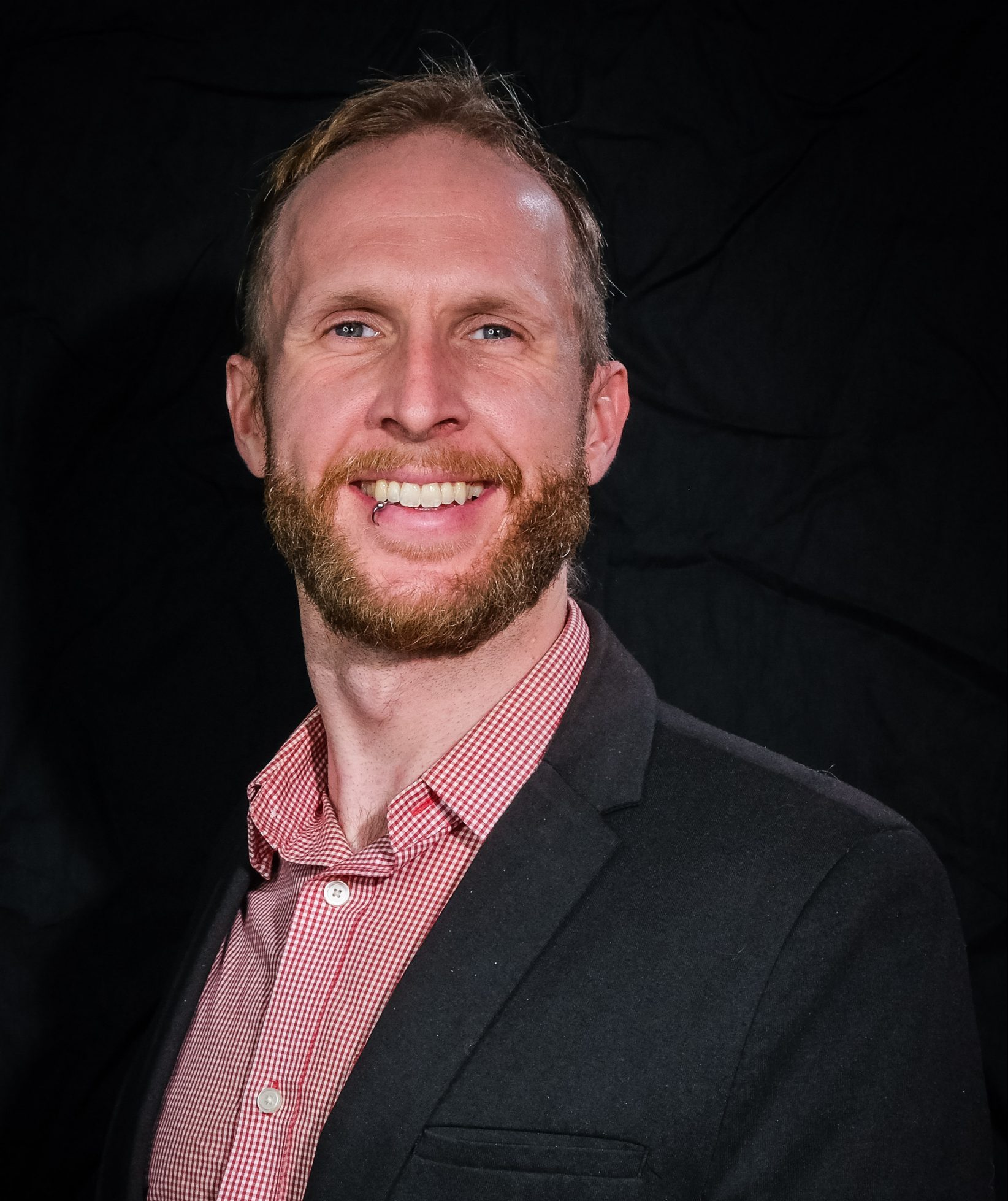
Andreas Bueckle
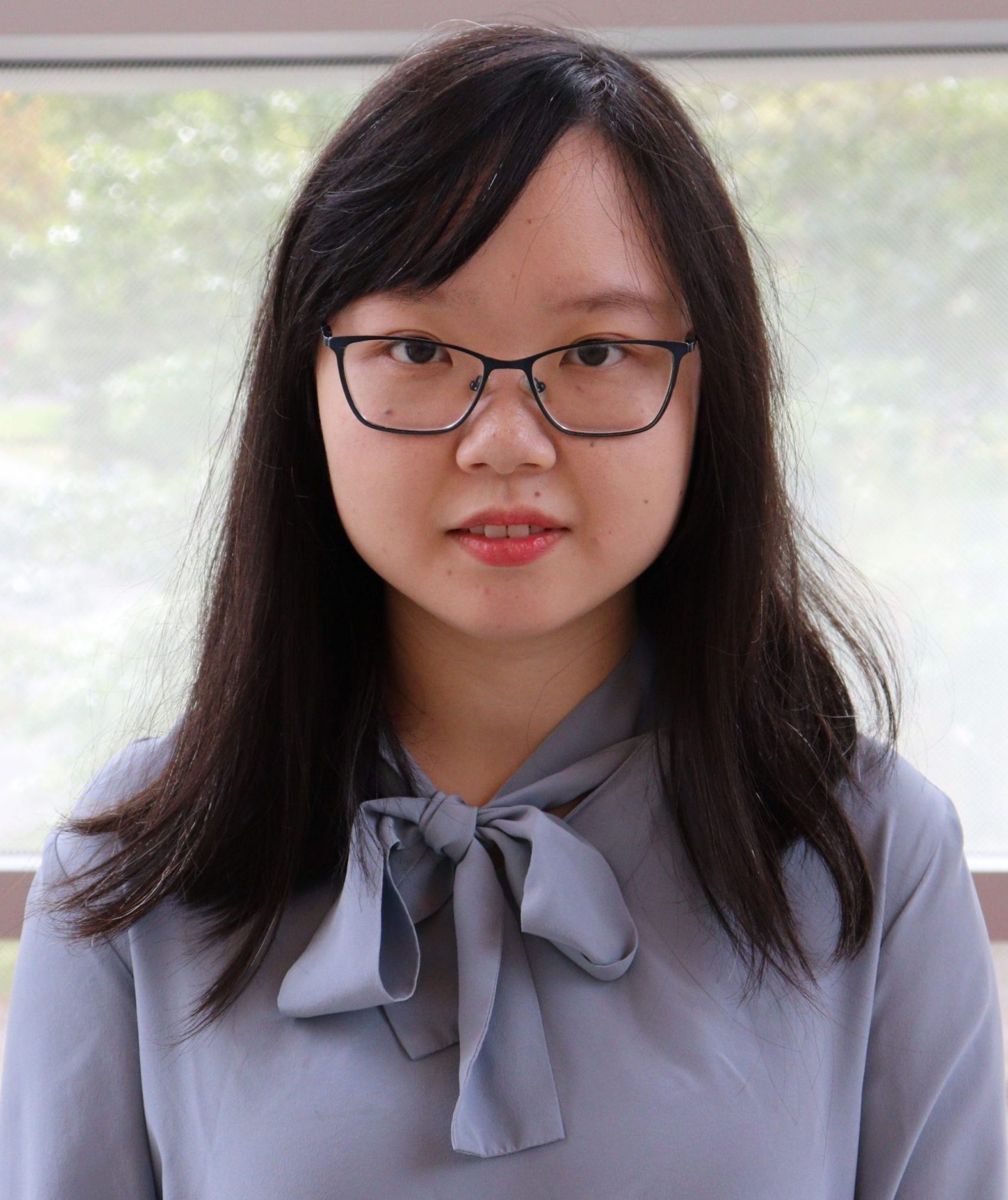
Lu Chen

John Hickey

Angela Kruse
Andreas Bueckle, Indiana University and Lu Chen, Stony Brook University
Quality Control/Quality Assurance for the Human Reference Atlas and On-Ramping to the HuBMAP Portal Using the HRA Organ Gallery in Virtual Reality
Abstract: We present our plans for the Human Reference Atlas (HRA) Organ Gallery, a virtual reality (VR) application where we want to display the 3D organ models and cell types in the Common Coordinate Framework (CCF) and make them interactive in their true scale. Our VR application will allow users to immerse themselves in a virtual environment where they can learn about human organs and cell type distribution in a dynamic and interactive manner, built with HuBMAP data. The HRA Organ Gallery aims to procure an immersive window into the data already in the HRA.
Concretely, we will support two use cases: on-ramping for the HuBMAP Data Portal, where users can pick tissue blocks of interest in VR and ‘store’ them for later analysis on a 2D monitor using the HuBMAP Data Portal, and quality assurance/quality control (QA/QC), where users can identify wrong tissue block registrations in VR and correct them either in the moment or subsequently.
About the researchers
Andreas Bueckle is the Research Lead in the Cyberinfrastructure for Network Science Center at the Luddy School of Informatics, Computing, and Engineering at Indiana University Bloomington. His research interest is interactive information visualization in virtual reality (VR), augmented reality (AR), and other immersive techniques. Born and raised in Germany, Andreas holds a B.A. in Media Studies from Eberhard Karls University in Tuebingen, an M.A. in Communications from Berlin University of the Arts, and a Ph.D. in Information Science from Indiana University. From early on, he developed a deep interest in digital artifacts, most notably videography and photography. After working as a video journalist and cameraman on projects in Germany, France, India, and the US, Andreas decided to switch to a more technical education and started to pursue and finish his Ph.D. in Information Science, working with Dr. Katy Börner at Indiana University Bloomington. He has a TEDx talk titled “Living and Learning in the Metaverse,” which you can view on YouTube and on the TED website.
Andreas is also serving as co-chair of the planning committee and as lead of the Workshop Working Group for the NIH Junior Investigators Meeting in Bethesda, MD, March 17-19, 2024 . Previously, he served on the organizing committee for the NIH Junior Investigators Meeting in NYC, March 1-3, 2023.
Lu Chen is a Ph.D. student in the Computer Science Department at Stony Brook University, SUNY. She works in the Data Management and Biomedical Data Analytics Lab (BMIDB) under the supervision of Professor Fusheng Wang. Her research interests are spatial databases, 3D big data management, and analytics. She received an M.S. and B.S. in Information and Communication Engineering from Zhejiang University, China.
Angela Kruse, Vanderbilt University and John Hickey, Stanford University
Linking metabolomic profiles to cellular neighborhoods via integration of MALDI imaging mass spectrometry and CODEX multiplexed immunofluorescence microscopy
Abstract: We aim to develop an integrated analytical pipeline using CODEX and MALDI IMS to link lipidomic/metabolomic profiles to specific cell types and neighborhoods in the intestine. This collaboration will provide unprecedented insight into the molecular and cellular organization of this metabolically essential organ. The pairing of Dr. John Hickey, an expert in CODEX multiplexed imaging, with Dr. Angela Kruse, an expert in MALDI IMS, will enable the exchange of expertise, resources, and samples to ensure the success of this study. We will also establish a new computational workflow for discovery of molecular markers (detected by MALDI IMS) associated with unique cellular neighborhoods (defined by CODEX) that leverages the Stanford TMC’s algorithms for identifying multi-hierarchical cell neighborhoods and the Vanderbilt TMC’s multimodal image co- registration and mining tools. This project will be completed in three phases: generating unique datasets from the intestine, computational algorithms, training across the Stanford and Vanderbilt TMCs, and insight into how metabolism is regulated across cell types and cellular neighborhoods in the intestine. This will also provide an example of a highly coordinated study between two TMCs and lay the foundation for future research toward HuBMAP’s goal of an enhanced molecular understanding of human biology.
About the researchers
John Hickey is a postdoctoral fellow in Garry Nolan's lab at Stanford University, where he uses and develops systems biology tools to analyze spatial relationships among cells in tissues. Prior to that, he pursued his PhD in Biomedical Engineering at Johns Hopkins University under the guidance of Dr. Jonathan Schneck and Hai-Quan Mao. During his doctoral studies, he developed biomaterials for T cell therapy. John has been recognized by a number of organizations for his work, including receiving: NSF Graduate Research Fellowship, ARCS Scholar, Siebel Scholar, NCI Postdoctoral Fellowship, and American Cancer Society Postdoctoral Fellowship. John will open his own lab in 2024 at Duke University as an Assistant Professor in the Biomedical Engineering Department with secondary appointments in the Cell Biology and Biostatistics & Bioinformatics Departments of the School of Medicine.
Angela Kruse is research faculty in the Department of Cell and Developmental Biology and the Mass Spectrometry Research Center at Vanderbilt University. She received her B.S. in Genetics and Plant Biology from the University of California, Berkeley and her Ph.D. in Plant Pathology with a focus in Biochemistry from Cornell University. Her current research goal is to better understand how diabetes affects the molecular environment in the pancreas, kidney, and eye using a combination of imaging mass spectrometry, proteomics, biochemistry, and microscopy. She hopes to spend her career applying and integrating cutting edge technologies to address important challenges facing our society and environment.
2021 JumpStart Fellowship Award Winners

Hang Hu

Angela Kruse
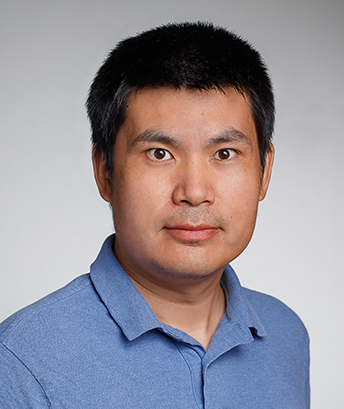
Yang Liu
Hang Hu, Purdue University
Self-supervised Mass Spectrometry Imaging Clustering with Convolutional Neural Network and Contrastive Learning
Hang aims to develop a novel self-supervised learning approach for efficient classification of mass spectrometry imaging data. Using this tool, the goal is to be able to cluster more than 1000 ion images in half an hour without any manual user annotation.
About the researcher: Hang is a 4th year Ph.D. candidate in Dr. Julia Laskin's research group at Purdue University. He investigates nano-DESI mass spectrometry imaging (MSI) and participates in the Computational Interdisciplinary Graduate Program. Hang is interested in the application of machine learning, computer vision and lab automation for MSI. Outside the lab, he usually runs 15 miles a week, and enjoys cooking!
Angela Kruse, Vanderbilt University
3-D Multimodal Analysis of Eye and Pancreas Blocks Using Light Sheet Microscopy and Imaging Mass Spectrometry
As technology develops, scientists are able to study thousands of molecules such as proteins or lipids from increasingly small tissue samples. One technology used by HuBMAP scientists is imaging mass spectrometry (IMS) which can be used to create a map showing the location of molecules in thin tissue sections. These maps can help improve our understanding of human biology, but it can be challenging or impossible to relate the information from a small tissue sample to an intact organ. To address this challenge, I will combine IMS with another technology called light sheet microscopy (LSM). LSM can be used to visualize specific proteins in very thick pieces of tissue. Using LSM, I will make a 3-dimensional (3-D) map of several major structures such as veins and islets in thick blocks of pancreas and eye tissue. Next, I will divide these blocks into thin sections and use IMS to map the peptides and lipids in these 2-D samples. Finally, I will combine each data type to reconstruct the pancreas and eye tissue blocks with all the molecular information we can gain through IMS inside the 3-D map made by LSM. This study is expected to help us better understand how molecular data from small samples relates to an intact human organ. Adding this organ-level context can help future scientists use our data most effectively.
About the researcher: Angela Kruse is a Postdoctoral Research Fellow in the Mass Spectrometry Research Center at Vanderbilt University. She received her B.S. in Genetics and Plant Biology from the University of California, Berkeley and her Ph.D. in Plant Pathology with a focus in Biochemistry from Cornell University. Her current research goal is to better understand the molecular environment of human retinal, lens, and pancreatic tissues using a combination of imaging mass spectrometry, proteomics, biochemistry, and bioinformatics. She hopes to spend her career applying and integrating cutting edge technologies to address important challenges facing our society and planet. When not in the lab, Angela enjoys hiking with her dog Ginger and tending to her overlarge collection of houseplants. She comes from a large family with six older siblings, and is a classical flute and piccolo player.
Yang Liu, Yale University
Spatial multi-omics profiling of human kidney tissue using DBiT-seq
The human kidney is a structurally complex organ composed of different cell types. To understand how the kidney functions, we need to know not only what cell types are there, but where they are located and how they interact with their neighbors and environments. This project will study the human kidney using a newly built spatial omics sequencing tool, and explore the molecular basis of kidney functions. Especially, it will further contrast the spatial biomolecular atlas of kidney in young and old adults to investigate the effect of aging.
About the researcher: Dr. Yang Liu is a third year Postdoc working at Dr. Rong Fan’s lab, interested in building novel tools for spatial omics sequencing. He developed a high spatial resolution multi-omics sequencing technique, named DBiT-seq, which can achieve near single cell spatial resolution (10 µm) sequencing of RNA and protein on the same tissue section. His ongoing work includes developing DBiT-seq V2.0, building 3D human healthy heart Atlas and studying development of human tumor tissues. During PhD training, he worked primarily as an analytical chemist and toxicologist, focusing on the developments of a variety of highly sensitive analytical methods for the quantification of post-translational modifications. He is also highly interested in applying cutting-edge bioinformatic tools to understand spatial omics data.


